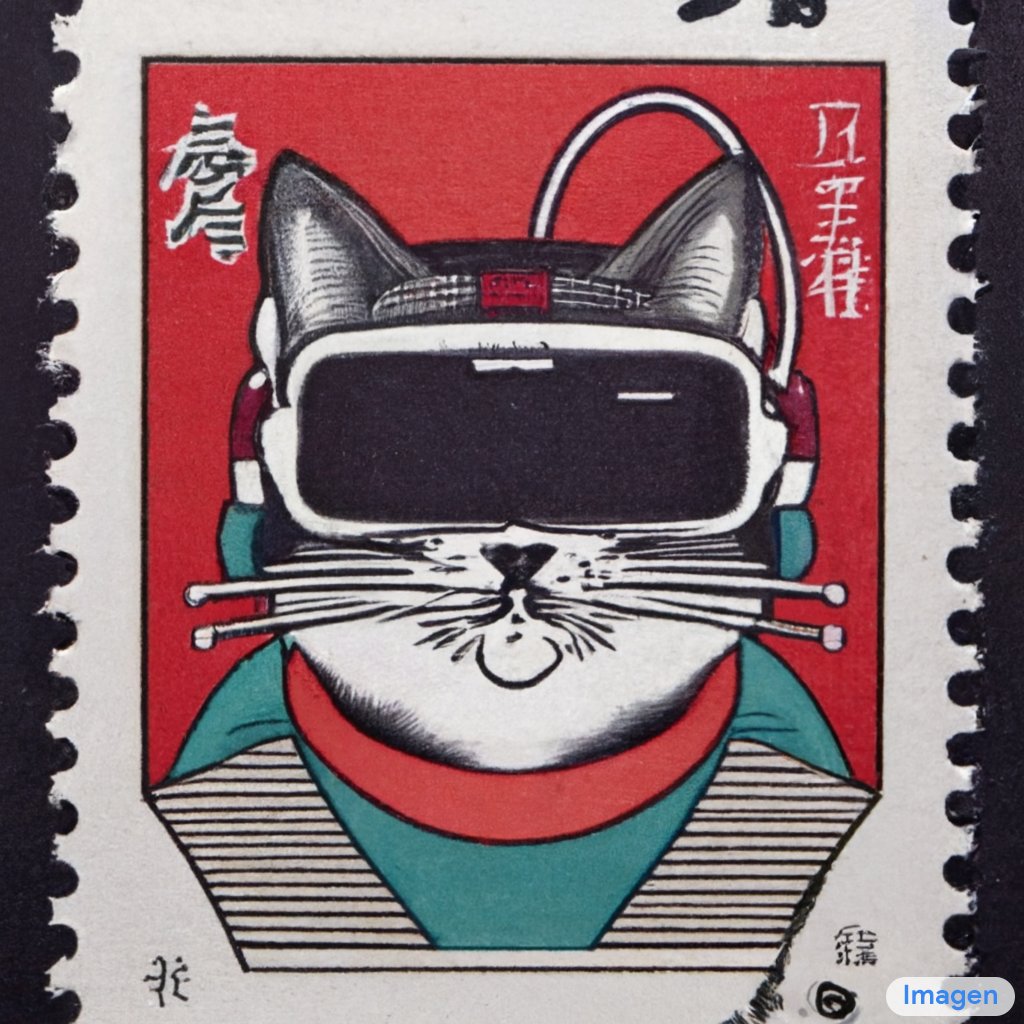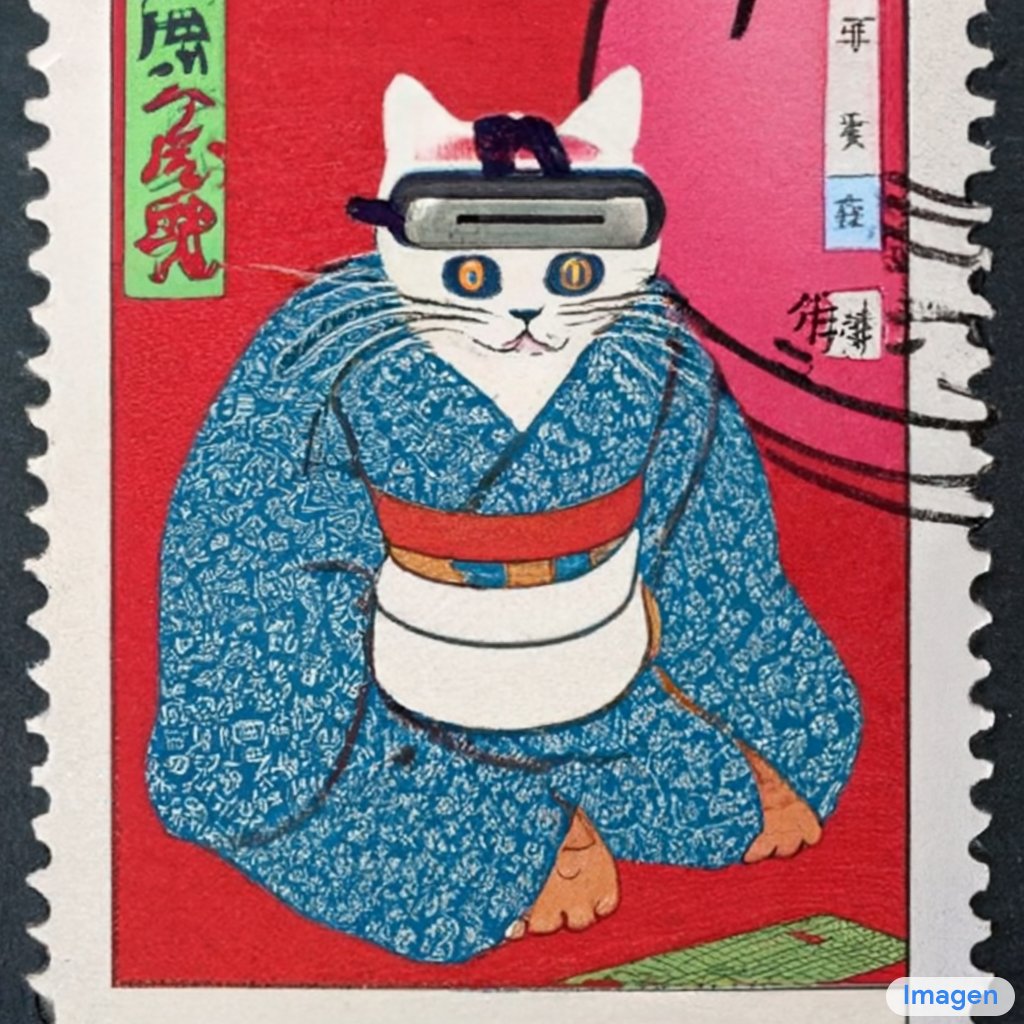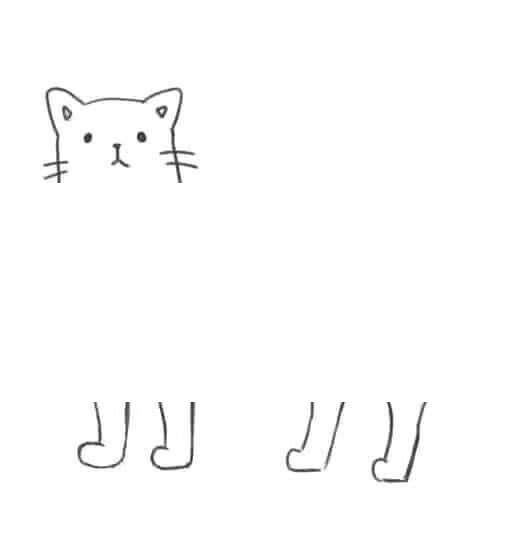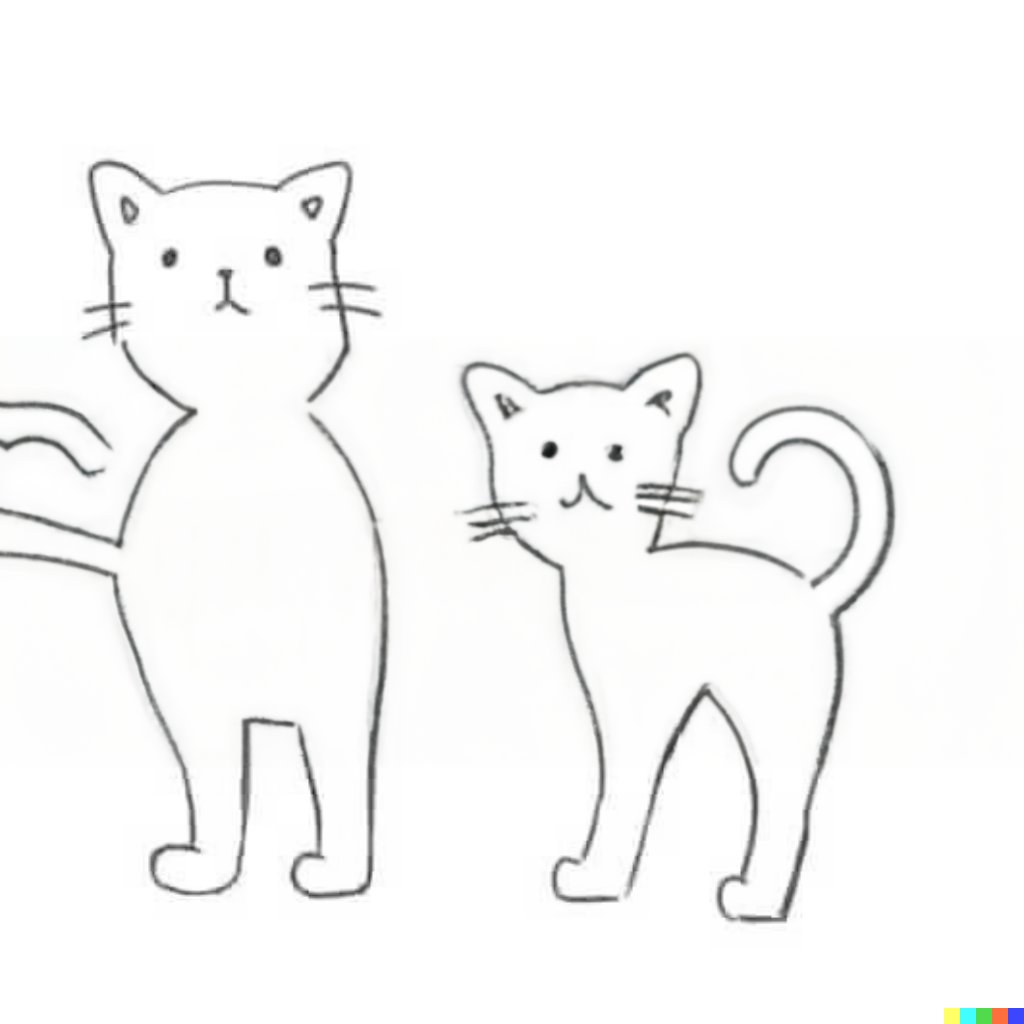
Good Morning!
“Professional photograph of bears in sports gear in a triathlon in Kyoto” made using both #Imagen and #Dalle
“Professional photograph of bears in sports gear in a triathlon in Kyoto” made using both #Imagen and #Dalle
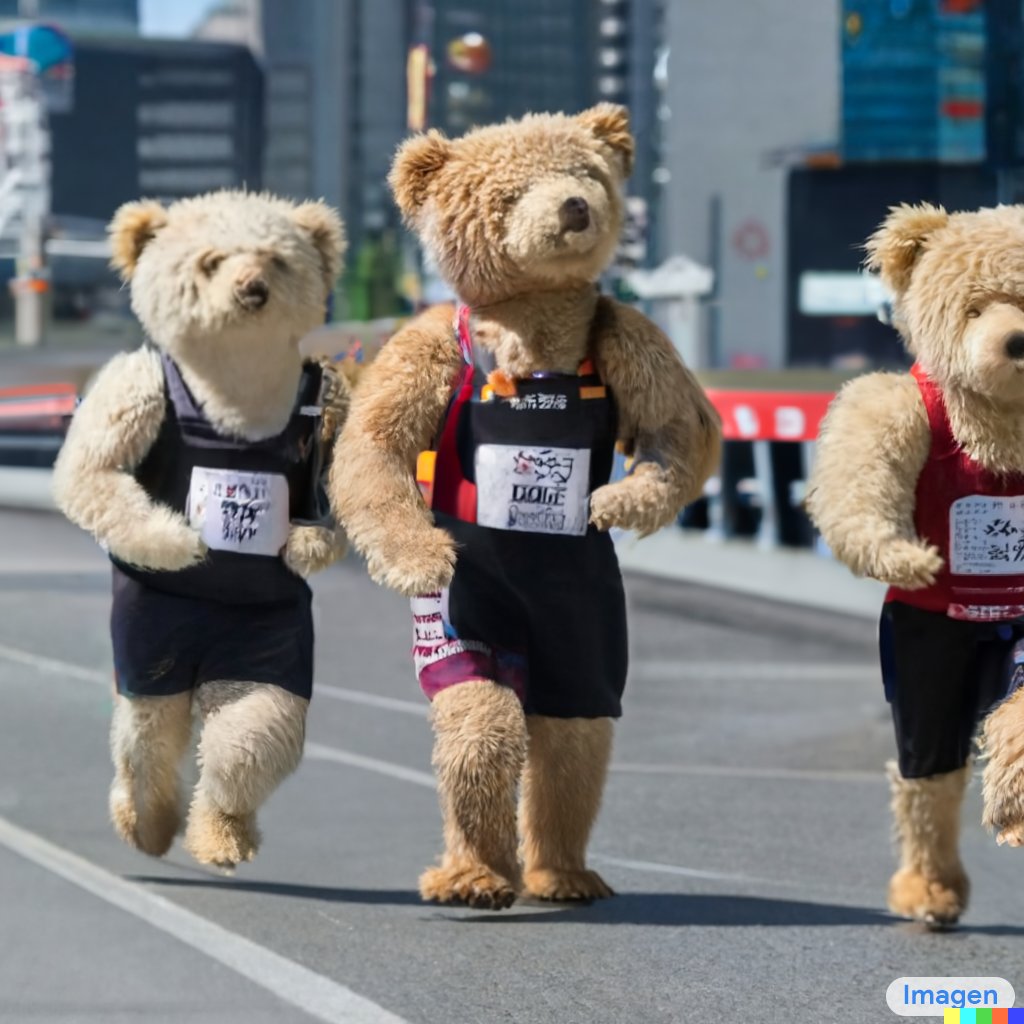
Practice makes perfect.
“Professional photograph of bears in sports gear in a triathlon in Kyoto in a world full of cute bears” generated using #Imagen

“Professional photograph of bears in sports gear in a triathlon in Kyoto in a world full of cute bears” generated using #Imagen


Some samples of Triathlon bear includes a bicycle. #Imagen 

They look so relaxed. #Imagen 

The Final Stretch. #Imagen 


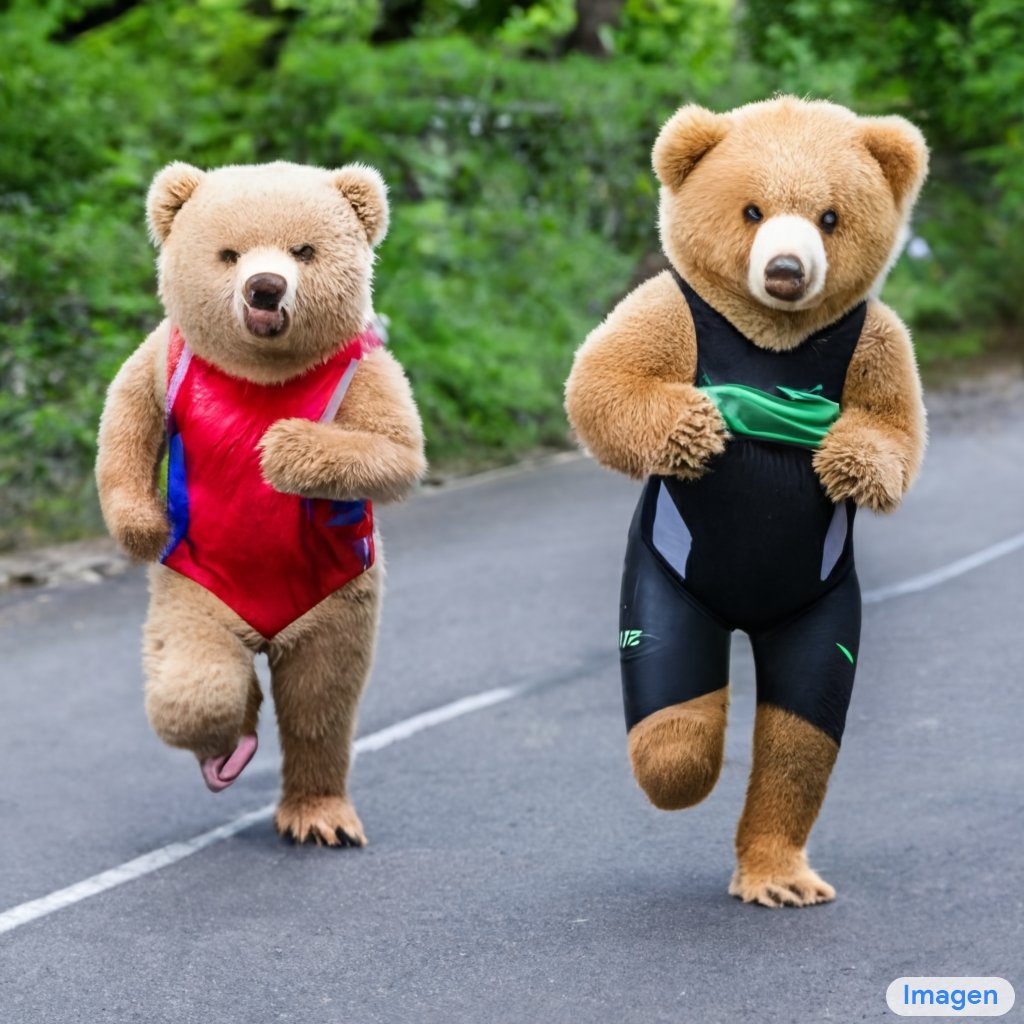
• • •
Missing some Tweet in this thread? You can try to
force a refresh





